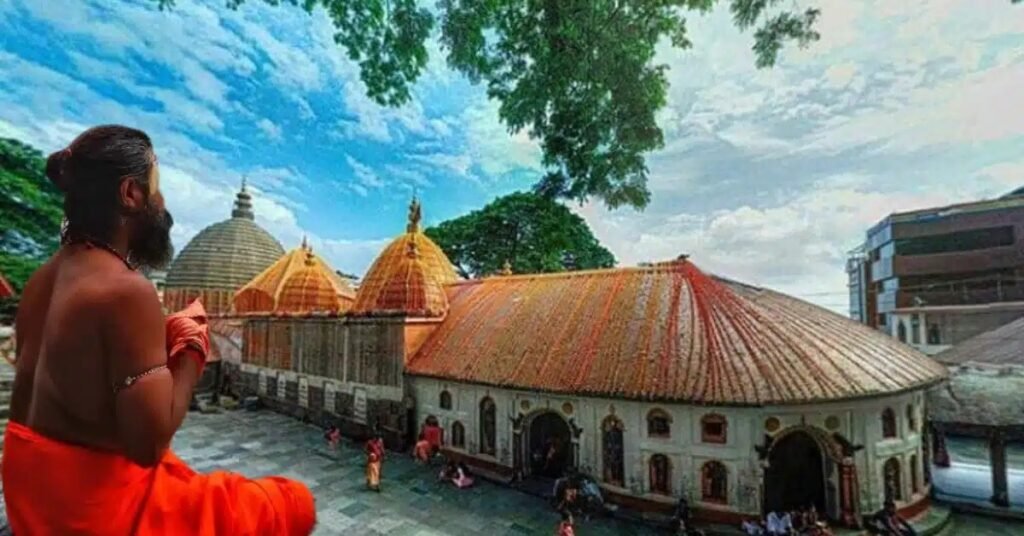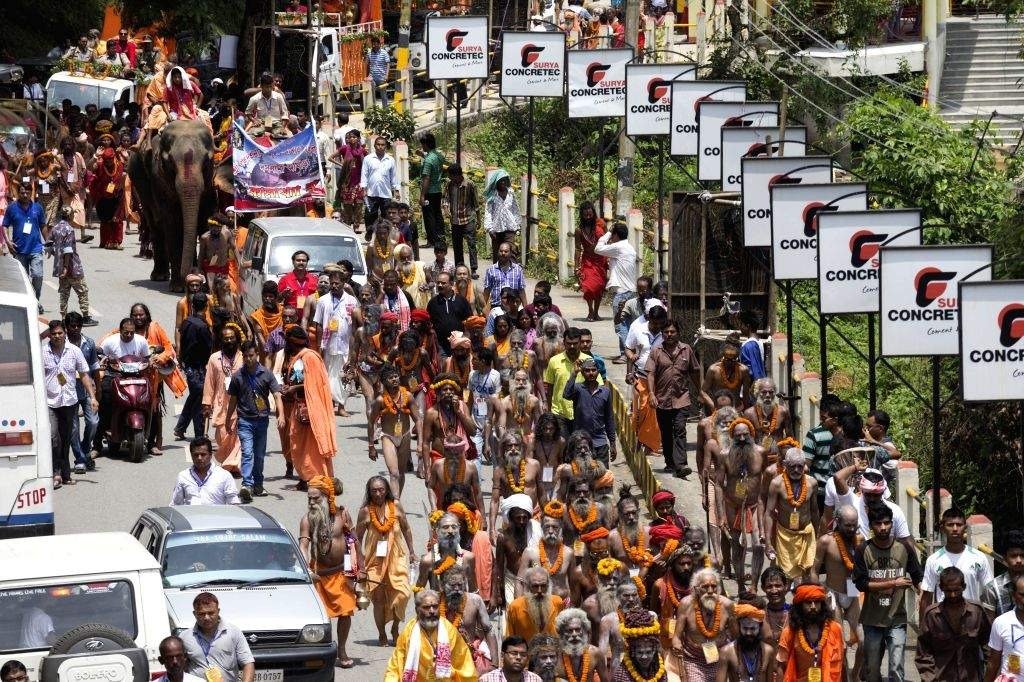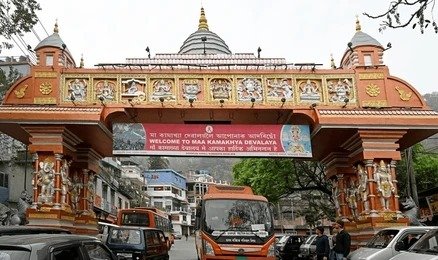As Guwahati prepares for the annual Ambubachi Mela, one of the largest religious congregations in Eastern India, the city is bracing for major logistical and civic challenges. Scheduled to be held from June 22 to June 26, the event at the historic Kamakhya Temple is expected to draw over 10 lakh pilgrims from across the country.

Mega Arrangements on Wheels
₹4.55 crore has been approved by the Assam government to facilitate the smooth functioning of the mela. Coordination committee convened by Chief Secretary Ravi Kota is keeping an eye on the preparations, apart from the Kamrup (Metro) Deputy Commissioner and top police officials.
More than 24 government departments are engaged in the establishment of basic facilities like sanitation, drinking water, medical relief, and crowd management. Camps for accommodating almost 20,000 devotees will be operational from June 20, arranging temporary shelter and basic facilities to arriving pilgrims.
Crowd Control & Security
To regulate the huge rush, the Guwahati Police Commissionerate has drawn up a comprehensive security and traffic plan. Approximately 300 CCTV cameras have been placed at strategic locations throughout the Nilachal Hills and prominent city intersections.
In a major bid to avoid VIP privilege disruptions, no VIP passes will be given out this year. The entry to Kamakhya shrine will be strictly monitored, and devotees will not be permitted after 8:30 PM on June 23 out of fear for safety.
The 3.5 km track between Pandu and the Kamakhya Temple will be open to pedestrian use only, with private cars prohibited to travel on hill roads. To facilitate pedestrian movement, an alternative route through Pandu has also been opened to walkers only.

Medical, Civic and Emergency Services
To reduce health hazards in summer heat, several medical camps, ambulances, and mobile health units will be employed. Wheelchairs will be made available for disabled and elderly pilgrims.
Sheds with fans, drinking water kiosks, mobile toilets, and sanitation personnel will be posted at major locations. Food and water stalls will be inspected for quality and hygiene.
Drop points for footwear have also been established under the Nilachal Flyover to avoid crowding at the temple gates. Pilgrims will be helped navigate through the arrangements with clear board displays and signage.
Urban Disruption Expected
Even with the grand arrangements, the city will probably witness serious urban dislocation, particularly in the smooth flow of traffic and public utility services. In previous years, roads to Kamakhya and downtown Guwahati witnessed heavy jams during mela times.
Locals have complained about road encroachments, with large numbers of pilgrims occupying temporary hutments on pavements, medians, and public areas. The government has promised this year to take stronger action against unregulated occupation.
Furthermore, all processions and rallies have been prohibited during the period of mela to prevent overcrowding and ensure emergency access corridors. Special barricades as well as emergency lanes will be triggered in the areas such as the Maligaon underpass, which typically observe extreme jams.
Conclusion
Ambubachi Mela is not merely a religious festival but also an urban management litmus test for the city of Guwahati. While the administrative departments assert that proper infrastructure and safety conditions prevail, the real test will be in actual on-ground crowd management, response to emergencies, and ensuring minimal disruption of city life.


